Nimrud
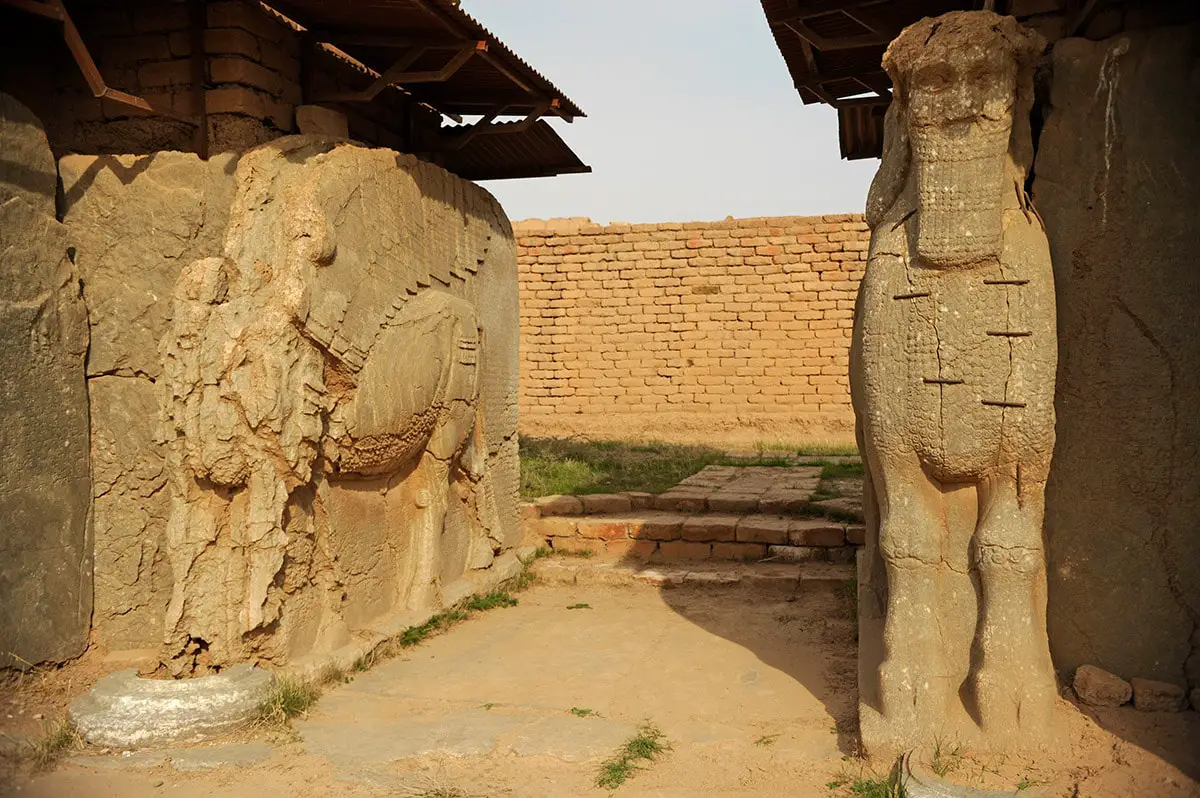
Remnants of ancient Assyrian city. Construction of this city started sometimes around 1270 – 1260 BC and it was a capital of Assyrian Empire in the 9th – 8th century BC when it had some 75,000 – 100,000 inhabitants and for some time was the world’s largest city. Partly destroyed and abandoned between 616 and 605 BC. Important finds here were a statue of emperor Ashurnasirpal II and giant, winged lions with human faces. These statues of lions – Lamassu – weighed up to 27 tons. In 2015 the remnants of the city were deliberately bulldozed by the Islamic state.
Shrine of Ali, Mazar-i-Sharif (Blue Mosque)
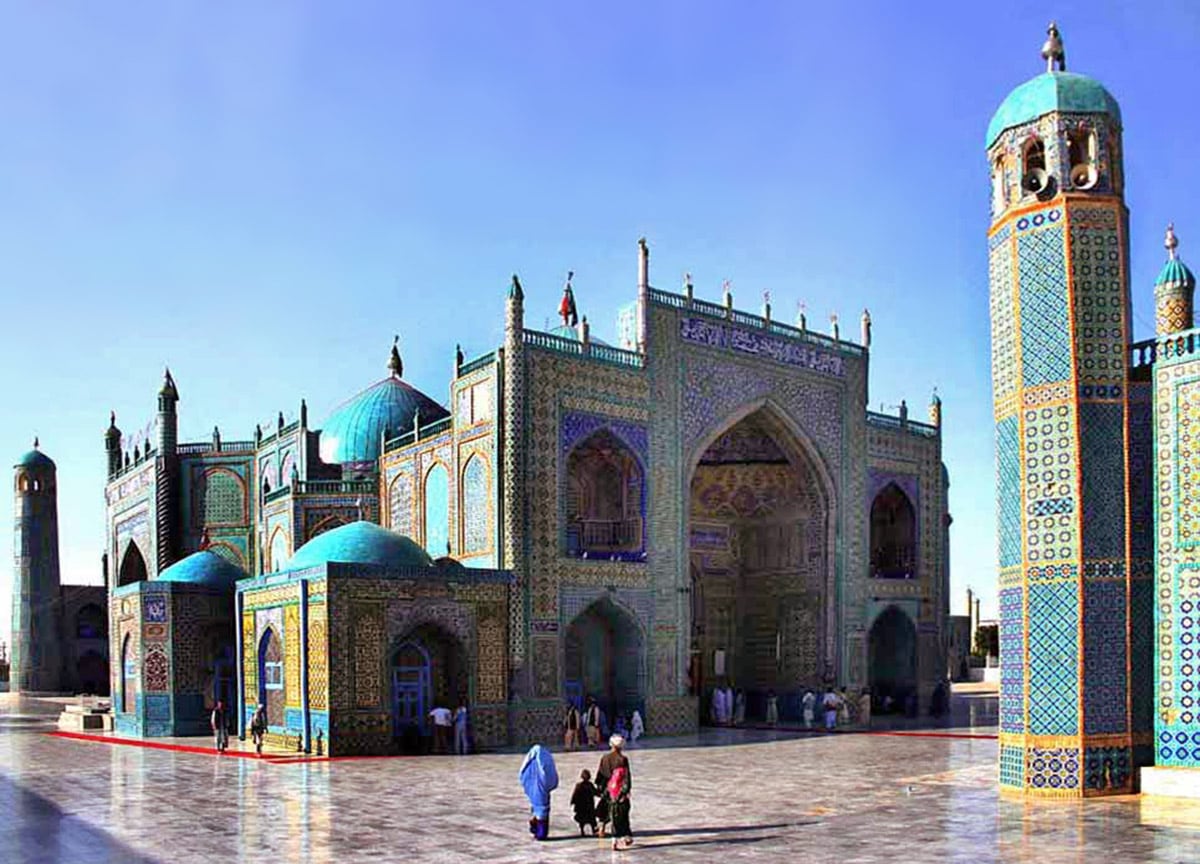
Gorgeous mosque with turquoise-colored domes, one of the most venerated shrines in Afghanistan. The first mosque was destroyed by Genghis Khan around 1220 and the current building was built in the 15th century. Constructed above the purported grave of Ali ibn Abi Talib. Nevertheless, some consider that here is buried Zoroaster.
Wonders of Afghanistan
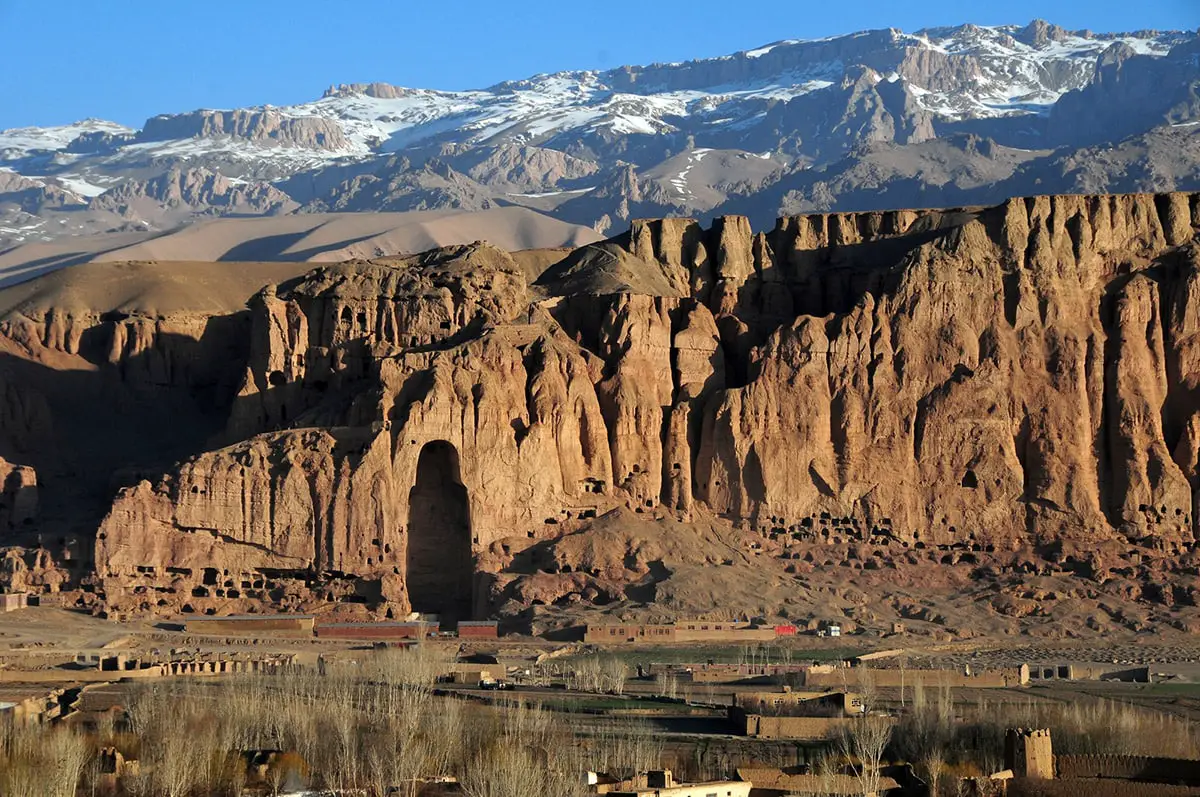
Wondermondo 🢖 World 🢖 Wonders of Asia 🢖 Wonders of Afghanistan Territory Wonders of Afghanistan Highlights Long ago, in distant past in the area of present-day Afghanistan evolved amazing cultures – here met Indian, Greek, Persian civilizations and unique local cultures. Recent decades have been harsh and some magnificent wonders of the past have been lost (including two giant statues of […]
Mingora emerald mines (Swat emeralds)
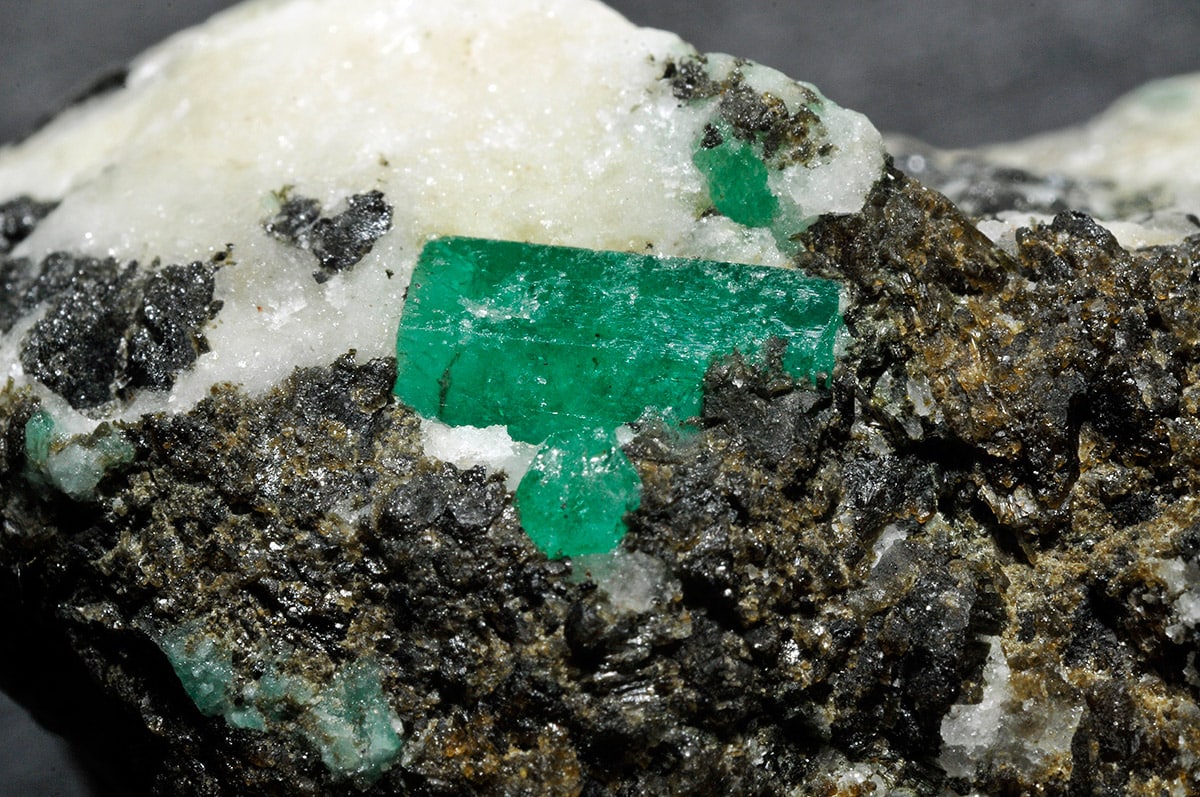
Mines of small high-quality emeralds, some of the best in the world. Emeralds are mined here since antiquity.
Wonders of Pakistan
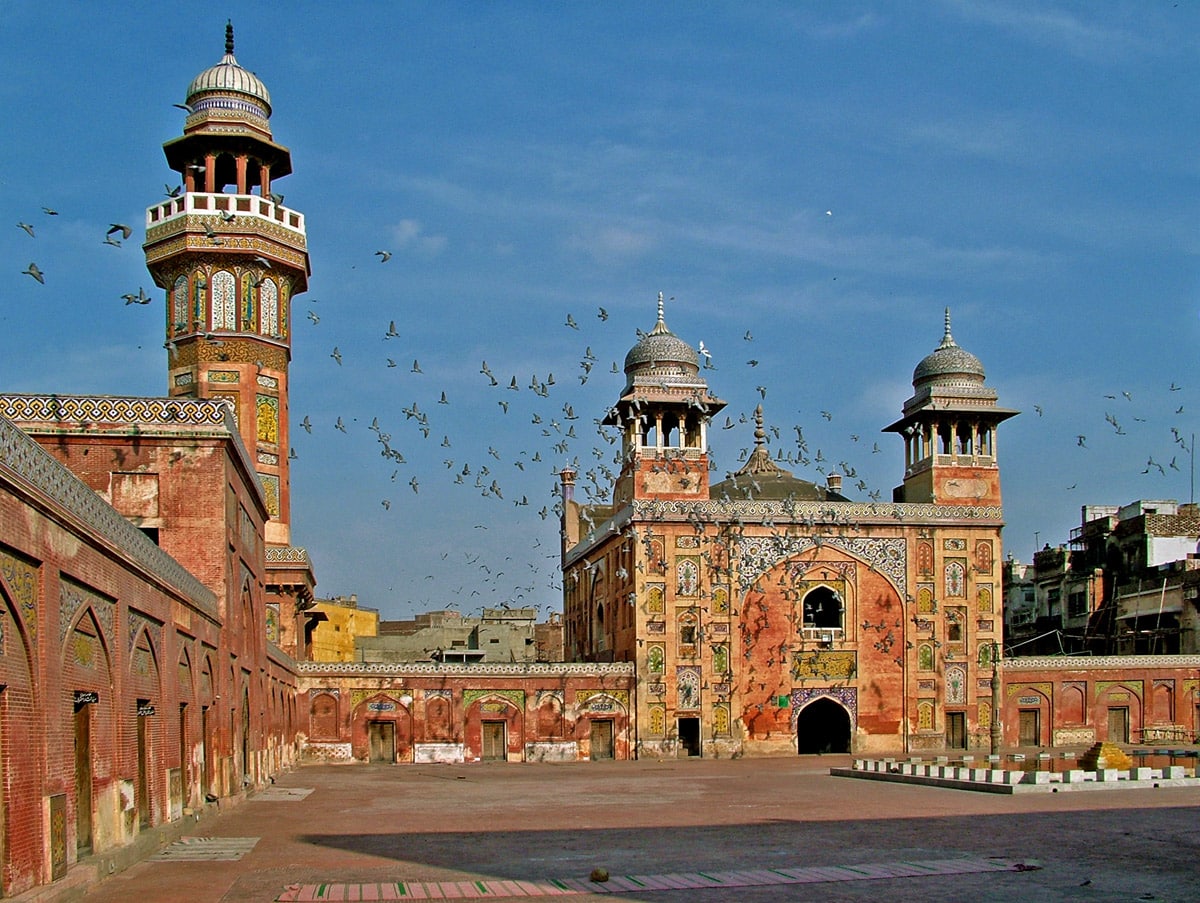
Wondermondo 🢖 World 🢖 Wonders of Asia 🢖 Wonders of Pakistan Territory Wonders of Pakistan Highlights Pakistan has a huge natural diversity and plenty of impressive natural landscapes from the desolate, eerie sights in southern Makran to some of the world’s tallest mountains in the north. Nevertheless the most impressive and most interesting wonders of Pakistan are made by man and […]
Kalta Minor, Khiva
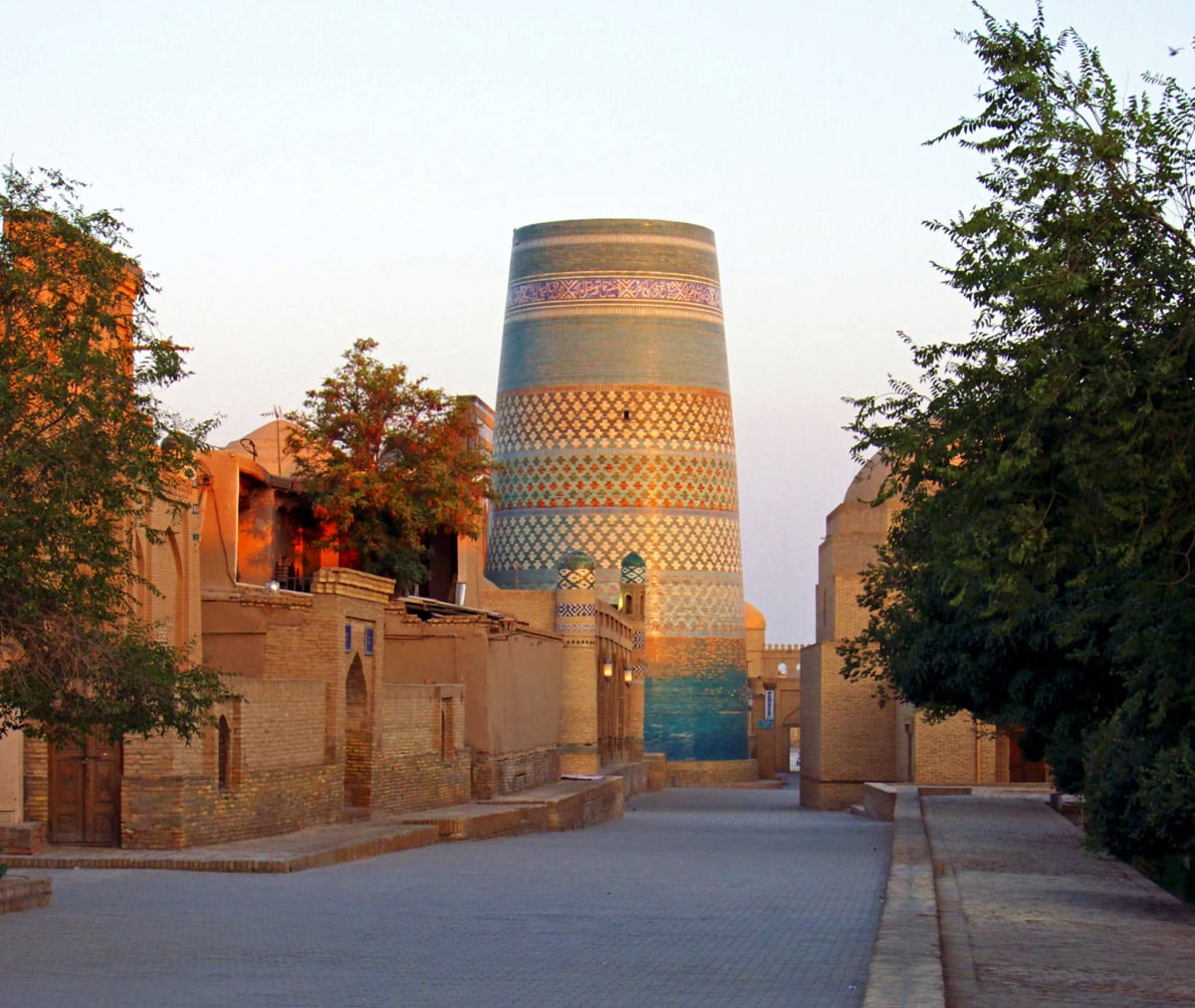
Massive, unfinished minaret at Mohammed Amin Khan Madrassah (1852 – 1855). Symbol of Khiva. The tower is glazed with tiles forming intricate patterns. The minaret is 29 m tall, although initially it was planned to be 70 m tall. Construction works were interrupted in 1855 and have not been restarted since then.
Wonders of Uzbekistan
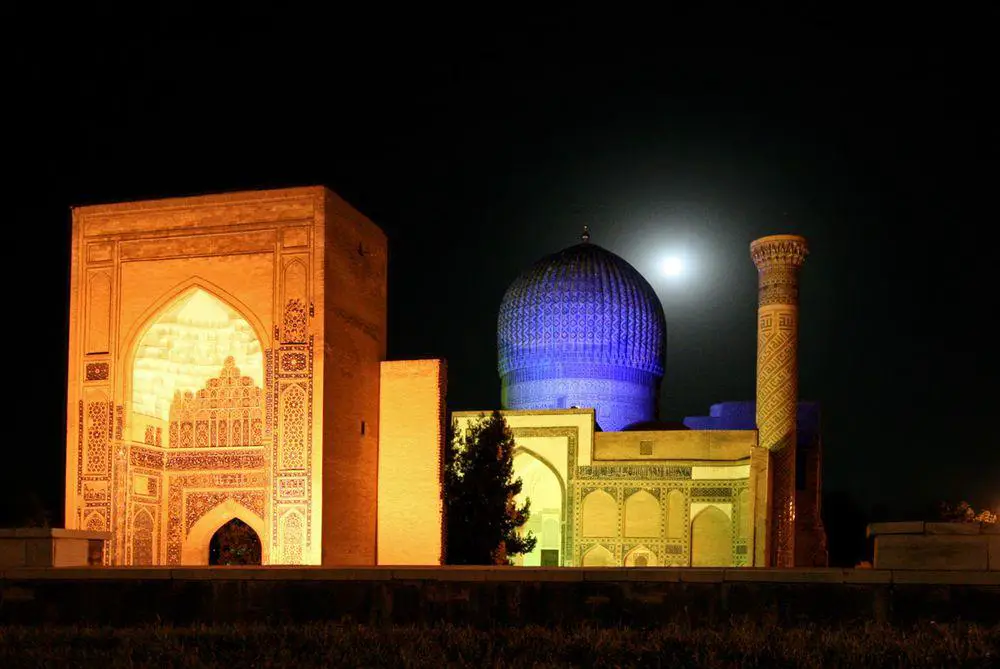
Wondermondo 🢖 World 🢖 Wonders of Asia 🢖 Wonders of Uzbekistan Territory Wonders of Uzbekistan Highlights Uzbekistan is a comparatively dry, mostly desert covered land very far from any sea… and this is one of the reasons why this country has such an amazing cultural heritage! For millennia Uzbekistan has been crossed by trade routes uniting prehistoric, ancient and medieval cultures […]
Rabbitkettle Tufa Mounds
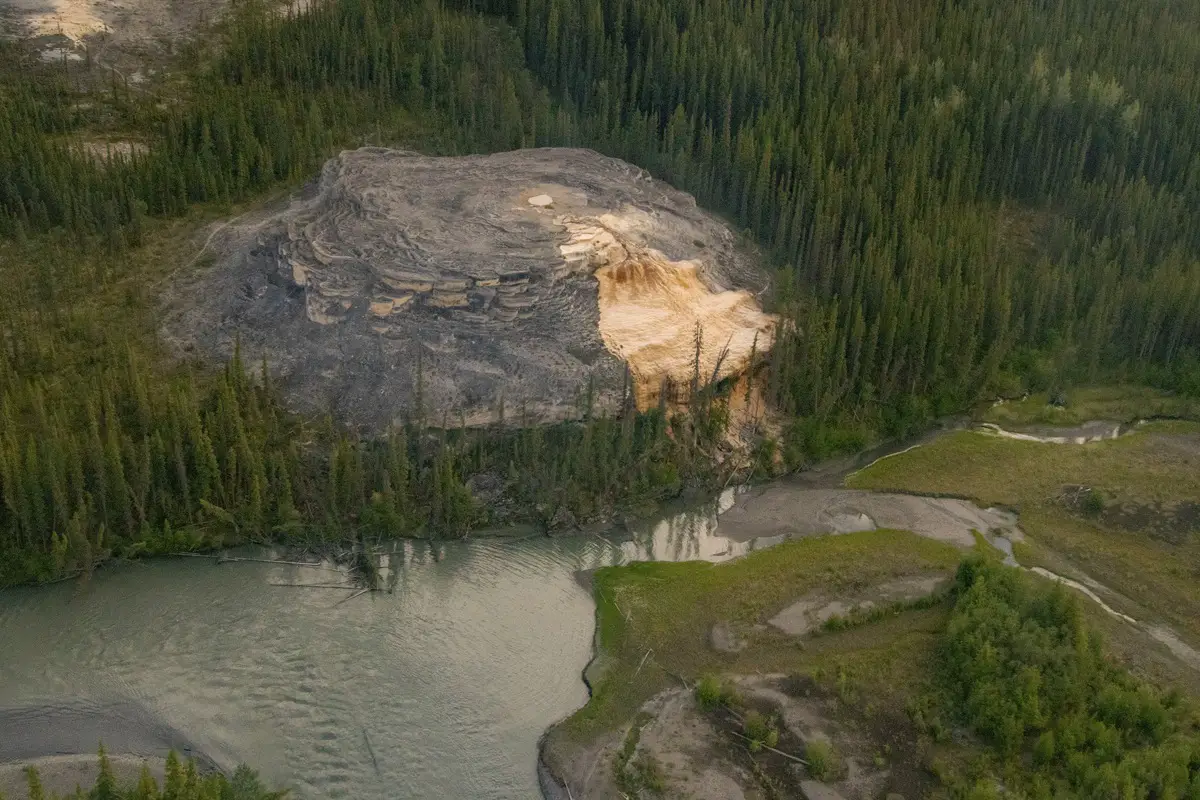
Two tufa and travertine mounds, the largest is 27 m high and 79 m wide. These mounds have been formed by warm thermal springs (21°C) and consist of numerous smaller rimstone pools.
Merv
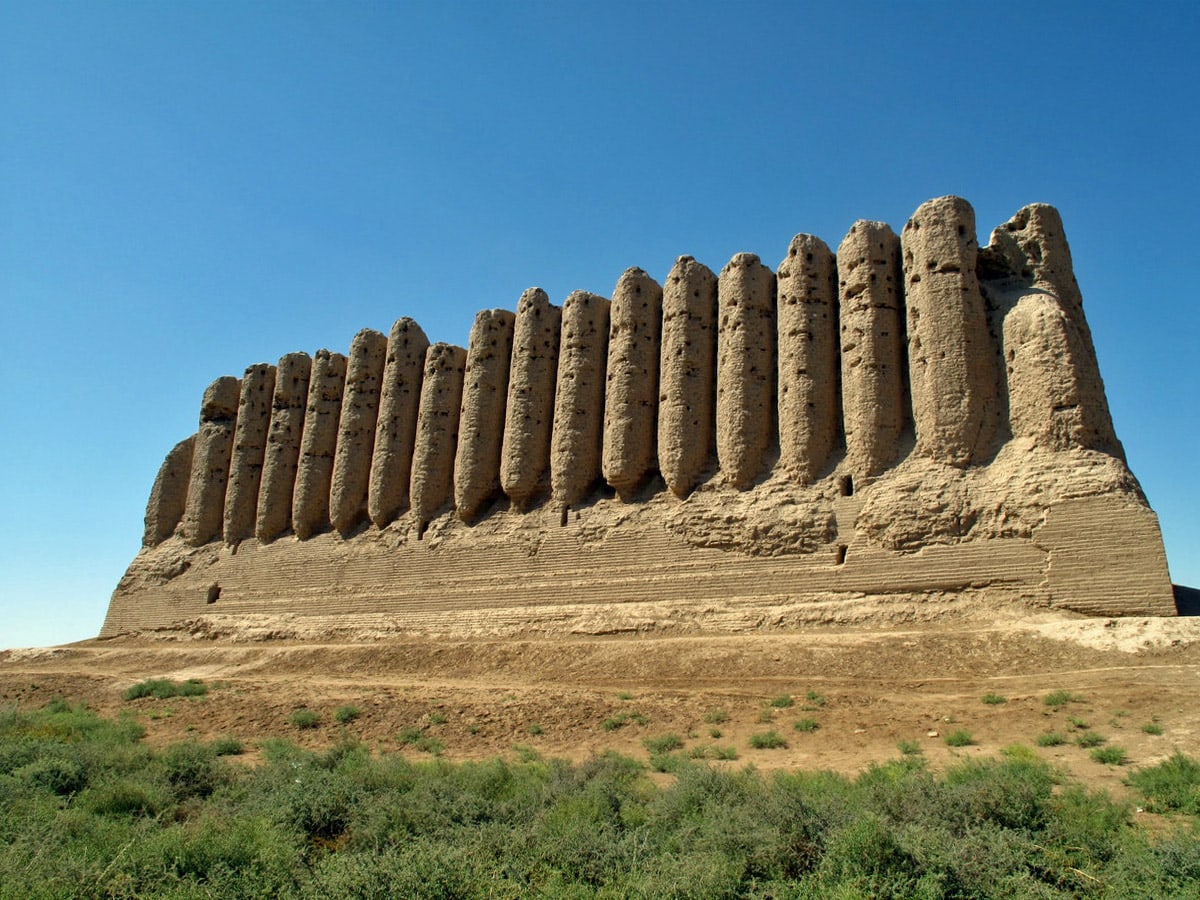
Once magnificent oasis city on Silk Road. The settlement was established in the 3rd millennium BC but flourished in the 8th century – 1221 when it briefly was one of the largest cities worldwide. Today are seen remnants of four-walled cities close to each other. Today are seen remnants of several walled citadels close to each other – Erk Kala, Gyaur Kala, and the medieval Sultan Kala.
Wonders of Turkmenistan
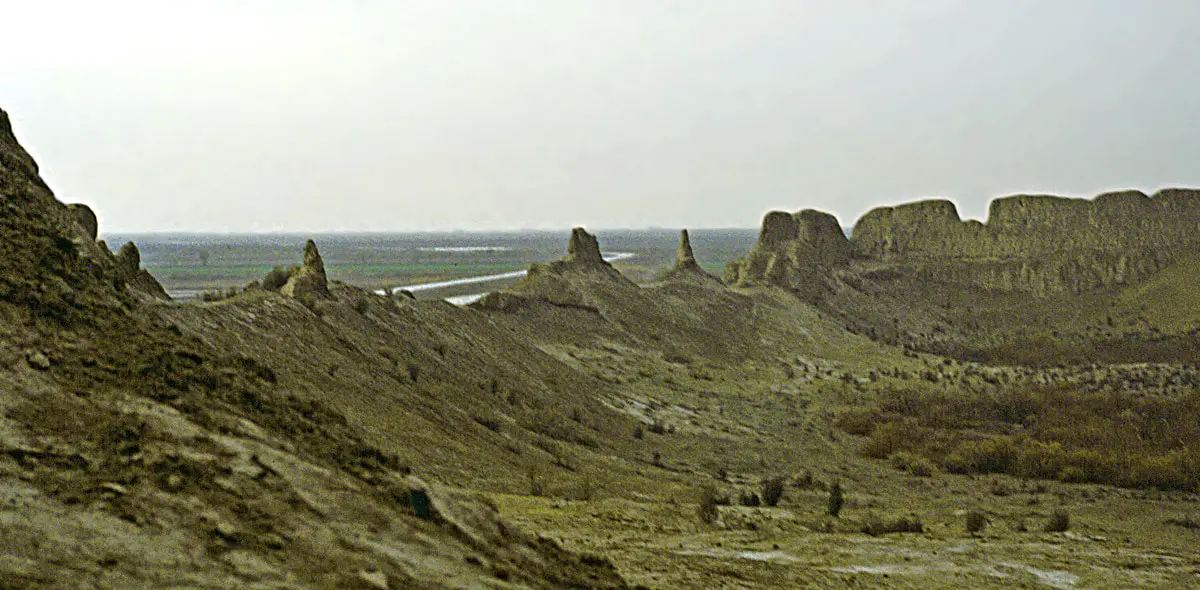
Wondermondo 🢖 World 🢖 Wonders of Asia 🢖 Wonders of Turkmenistan Territory Wonders of Turkmenistan Highlights Turkmenistan is mostly covered with deserts – but it has not been always like that. In the past here developed some of the earliest cities in the world. The most interesting wonders of Turkmenistan are: Ruins of ancient cities and fortresses. Hundreds of hills and […]
